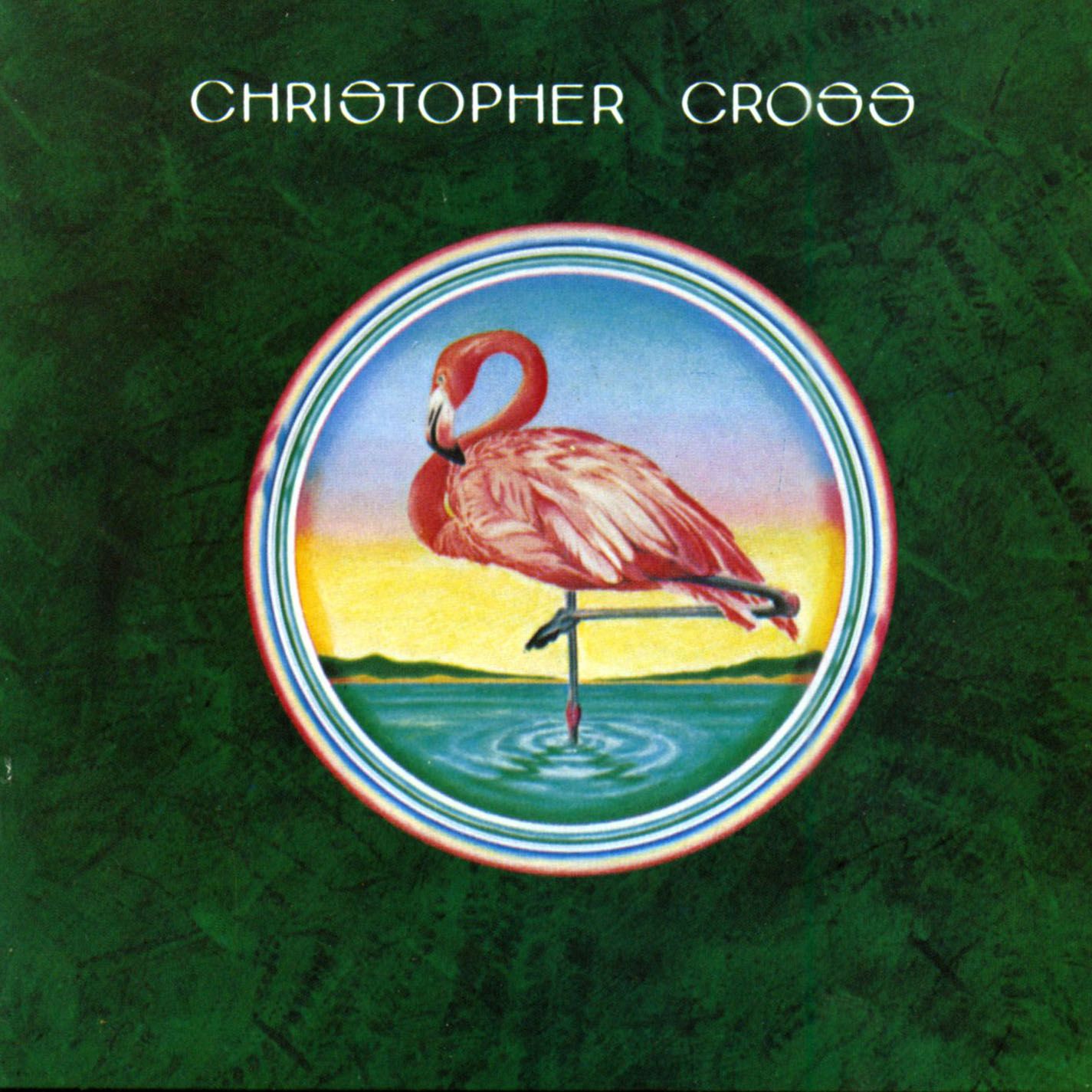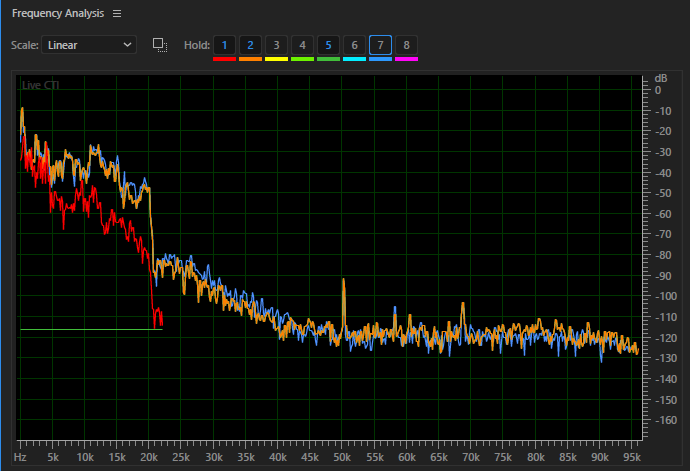Bob talks
Bob Stuart, creator of MQA, talks in detail about this revolutionary British technology that sets a new standard in capturing, delivering and reproducing digital audio.
Provenance Series: #2 Christopher Cross
 |
The eponymous album by Christopher Cross is another from the dawn of digital recording.
Despite using an early digital recorder, in fact, only analogue releases (LP, Cassette, 8-track) were available between 1979 and the first CD in 1984. |
George Lydecker (WMG) writes:
“The Christopher Cross album was recorded at Warner Bros. Records, Amigo Studios in 1979. The album master that was used for cutting lacquers was mixed in Studio E on a Harrison Console by Chet Himes. The flat master is somewhat unique in that it was recorded on a model 3M 81 tape deck, one of the first commercially available digital recorders. Similarly to the Mitsubishi machines of that era, converters were built into the deck and there is no digital input or output from the deck. The internal sample rate was a non-standard 50 kHz, and the bit depth was 16 bits. Anti-aliasing filters were nine pole minimum-phase elliptic filters. Since there was no opportunity to recover the digital data directly from the deck, the analogue output was captured at 192 kHz 24 bits. In the re-mastering process that archive file was used in conjunction with an analogue processing chain for EQ and limiting, comprising Universal Audio 2192 DAC and ADC each side of a Manley stereo variable MU mastering edition limiter and Avalon AD2077 equalizer”.
This 192 kHz 24b remaster was the basis of the MQA 2017 release; it is not upsampled but reflects the workflow typical of the day.
 |
The spectral analysis shows the levels 4 min into track 9 in the 192 kHz remaster (orange) and a CD release (red). On this track, the CD is about 3 dB quieter than the 192 kHz master. The green line shows the noise-floor of CD. In the orange curve, we can see the 23 kHz brick wall filter from the first mix as well as leakage of 50 kHz from the converters. But we can also see spectral content coming from the mastering process between 23 and 45 kHz. |
| Listen to it on Tidal |
If you enjoyed this article please feel free to sign up for regular updates from Bob.